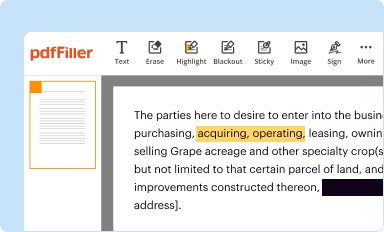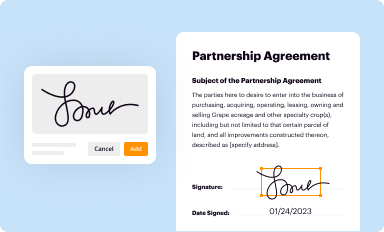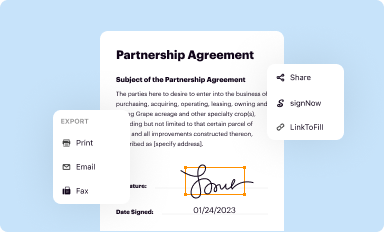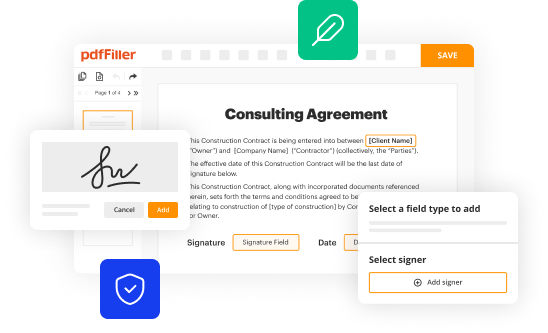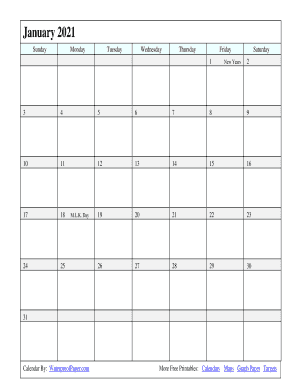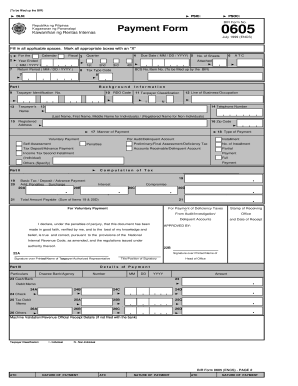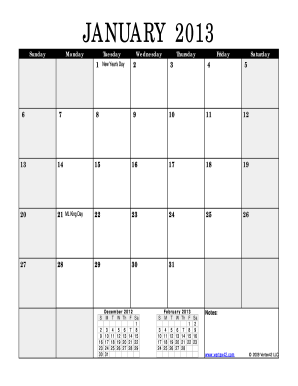Below is a list of the most common customer questions. If you can’t find an answer to your question, please don’t hesitate to reach out to us.
What is calendar?
A calendar is a structured system used to organize and divide time into specific intervals, typically days, weeks, months, and years. It is a tool that helps individuals or groups keep track of events, appointments, holidays, and other important dates. Calendars can be physical documents or digital applications, and commonly include features such as day and month views, reminder settings, and the ability to mark or schedule activities. They are used for personal, business, and organizational purposes to plan and manage time effectively.
Who is required to file calendar?
Generally, individuals or organizations who are responsible for managing and scheduling events or activities are required to file a calendar. This can include individuals such as event planners, office administrators, and project managers, as well as organizations like schools, businesses, and government agencies. The purpose of filing a calendar is to keep track of important dates, appointments, meetings, deadlines, and other planned activities.
How to fill out calendar?
Filling out a calendar can be done by following these steps:
1. Obtain a calendar: Choose whether you want a physical paper calendar, a digital calendar on your computer or smartphone, or an online calendar platform.
2. Use a standard template or customize: If using a digital or online calendar, select a template with the format and layout that suits your needs. If using a paper calendar, decide if you want a monthly, weekly, or daily format.
3. Add recurring events: Start by adding recurring events such as birthdays, anniversaries, holidays, and regular appointments (e.g., weekly meetings, gym sessions, etc.). These are events that will happen regularly throughout the year.
4. Add special events: Add any specific one-time events or appointments, such as doctor appointments, social gatherings, vacations, or important deadlines.
5. Prioritize: Assign priorities to tasks or events by using color-coding or different symbols. For example, use a red marker for high-priority items and a green marker for low-priority ones. This will help you quickly identify and manage your commitments.
6. Add reminders and notifications: Utilize built-in reminder features in digital or online calendars to receive alerts before important events or tasks. You can set reminders to be sent via email, pop-up notifications, or text messages.
7. Adjust over time: Keep your calendar updated by adding newly scheduled events and removing or rescheduling any canceled or postponed ones.
8. Sync across devices: If using digital or online calendars, sync your calendar across multiple devices (phone, computer, tablet, etc.) to have access to your schedule wherever you go.
Remember to review and modify your calendar regularly to ensure it remains accurate and reflects any changes in your plans.
What is the purpose of calendar?
The purpose of a calendar is to keep track of and organize time. It helps individuals or groups to plan and manage their schedules, appointments, and events. Calendars serve as a visual representation of days, weeks, months, and years, allowing people to stay organized, remember important dates, and coordinate activities with others. They provide a framework for tracking time-based goals, deadlines, holidays, and personal or professional commitments. Additionally, calendars can serve as a tool for scheduling and allocating resources, budgeting time, and improving productivity.
What information must be reported on calendar?
The following information is typically reported on a calendar:
1. Dates: The calendar includes a comprehensive list of dates for the year, including months, days, and years.
2. Days of the week: Each calendar day is associated with a specific day of the week, such as Monday, Tuesday, etc.
3. Holidays: Important holidays and observances are marked on the calendar, indicating days when businesses, schools, or government offices may be closed.
4. Events: Significant events, such as birthdays, anniversaries, meetings, conferences, or special occasions, can be recorded on the calendar.
5. Appointments: Specific appointments or scheduled activities for individuals, such as doctor's appointments, work meetings, or social gatherings, are often added to calendars.
6. Reminders: Personal reminders for tasks or important deadlines can be included on the calendar to serve as a prompt for completion.
7. Notes: Additional notes or specific details related to each day or event can be added to provide further information or context.
It's important to note that the specific information reported on a calendar may vary depending on its purpose and personal preferences.
Can I create an eSignature for the Waterproof Yearly Calendar in Gmail?
Create your eSignature using pdfFiller and then eSign your Waterproof Yearly Calendar immediately from your email with pdfFiller's Gmail add-on. To keep your signatures and signed papers, you must create an account.
How can I edit Waterproof Yearly Calendar on a smartphone?
You may do so effortlessly with pdfFiller's iOS and Android apps, which are available in the Apple Store and Google Play Store, respectively. You may also obtain the program from our website: https://edit-pdf-ios-android.pdffiller.com/. Open the application, sign in, and begin editing Waterproof Yearly Calendar right away.
How do I complete Waterproof Yearly Calendar on an Android device?
On Android, use the pdfFiller mobile app to finish your Waterproof Yearly Calendar. Adding, editing, deleting text, signing, annotating, and more are all available with the app. All you need is a smartphone and internet.
What is Waterproof Yearly Calendar?
A Waterproof Yearly Calendar is a specialized calendar designed to withstand wet conditions, often used in outdoor or industrial environments to ensure it remains legible and usable throughout the year.
Who is required to file Waterproof Yearly Calendar?
Individuals or organizations that operate in environments where moisture exposure is likely, such as construction sites or marine operations, may be required to file a Waterproof Yearly Calendar to ensure proper planning and documentation.
How to fill out Waterproof Yearly Calendar?
To fill out a Waterproof Yearly Calendar, users should write down important dates and events using waterproof ink or pens, ensuring that all entries are clear and legible, and that they are organized chronologically.
What is the purpose of Waterproof Yearly Calendar?
The purpose of a Waterproof Yearly Calendar is to provide a reliable scheduling tool that can endure harsh weather conditions, allowing users to effectively plan and track events without concern for damage from moisture.
What information must be reported on Waterproof Yearly Calendar?
The information that must be reported on a Waterproof Yearly Calendar typically includes important dates, deadlines, project milestones, and any relevant notes or reminders that are essential for planning purposes.






